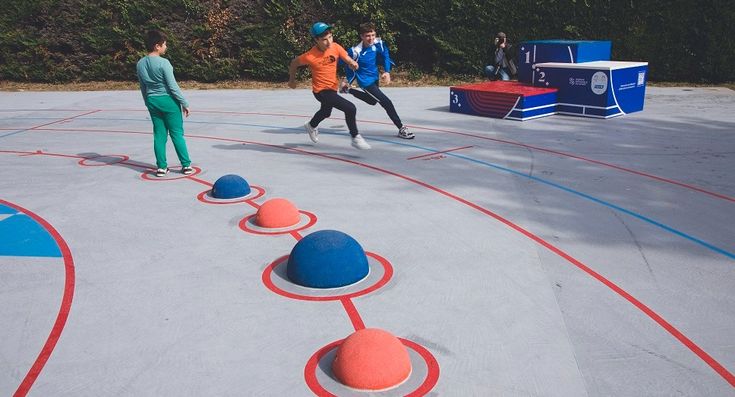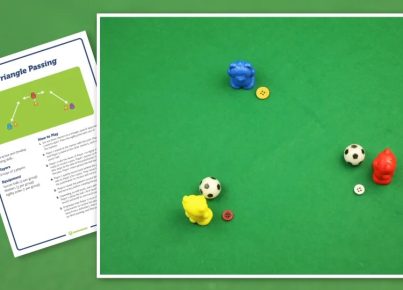Introduction
Orienteering is an exciting and challenging sport that has captured the interest of sports enthusiasts around the world. It combines physical fitness, mental agility, and a sense of adventure, making it an ideal sport for those who love the outdoors. This article shines the spotlight on orienteering, its origins, and its various forms.
History and Origins
Orienteering traces its roots back to the 19th century in Sweden when it was developed as a military training exercise to teach soldiers how to navigate using maps and compasses. It then evolved into a competitive sport in the early 20th century, with the first official orienteering event taking place in Stockholm in 1918. Since then, orienteering has grown in popularity across Europe and around the globe.
Types of Orienteering
There are several different types of orienteering, catering to various levels of fitness and navigation skills:
1.Foot Orienteering: This is the most popular form of orienteering and involves navigating through diverse terrain on foot while trying to find control points marked on a map.
2.Ski Orienteering: This variation takes place on snow using cross-country skis. The athletes must not only navigate but also choose the fastest route through snow-covered terrain.
3.Mountain Bike Orienteering: Competitors use mountain bikes in this type of orienteering and must balance their biking skills with map reading and route planning.
4.Trail Orienteering: Designed for people with limited mobility, trail orienteers follow pre-defined routes using primarily trails and paths.
5.Urban/Street Orienteering: This version takes place in urban areas and involves navigating along streets while finding control points marked on a city map.
Equipment
While participating in orienteering events, athletes require certain basic pieces of equipment:
- A topographical map specific to the event location, highlighting the control points and marked with scales to measure distance.
- A compass for precision navigation.
- Comfortable athletic clothing and footwear that provide adequate support, stability, and protection in challenging terrains.
- A waterproof map case to protect the map from rain or any other environmental damage.
- Watch to track time during the race.
Competitions and Organizations
Orienteering is now a competitive sport overseen by various organizations across the globe. The International Orienteering Federation (IOF) governs international competitions such as the World Orienteering Championships and the World Cup in its various disciplines. Additionally, regional organizations like the United States Orienteering Federation (USOF), British Orienteering, and Orienteering Canada manage events and promote the sport nationwide.
Conclusion
Orienteering is an exhilarating sport that offers participants a unique opportunity to combine physical activity with mental challenges in diverse outdoor settings. The sport has come a long way since its early days as a military training exercise, and today it is enjoyed by people of all ages and skill levels across the globe. Whether you’re a seasoned athlete or are simply looking for a fun new way to explore the great outdoors, consider giving orienteering a try.





